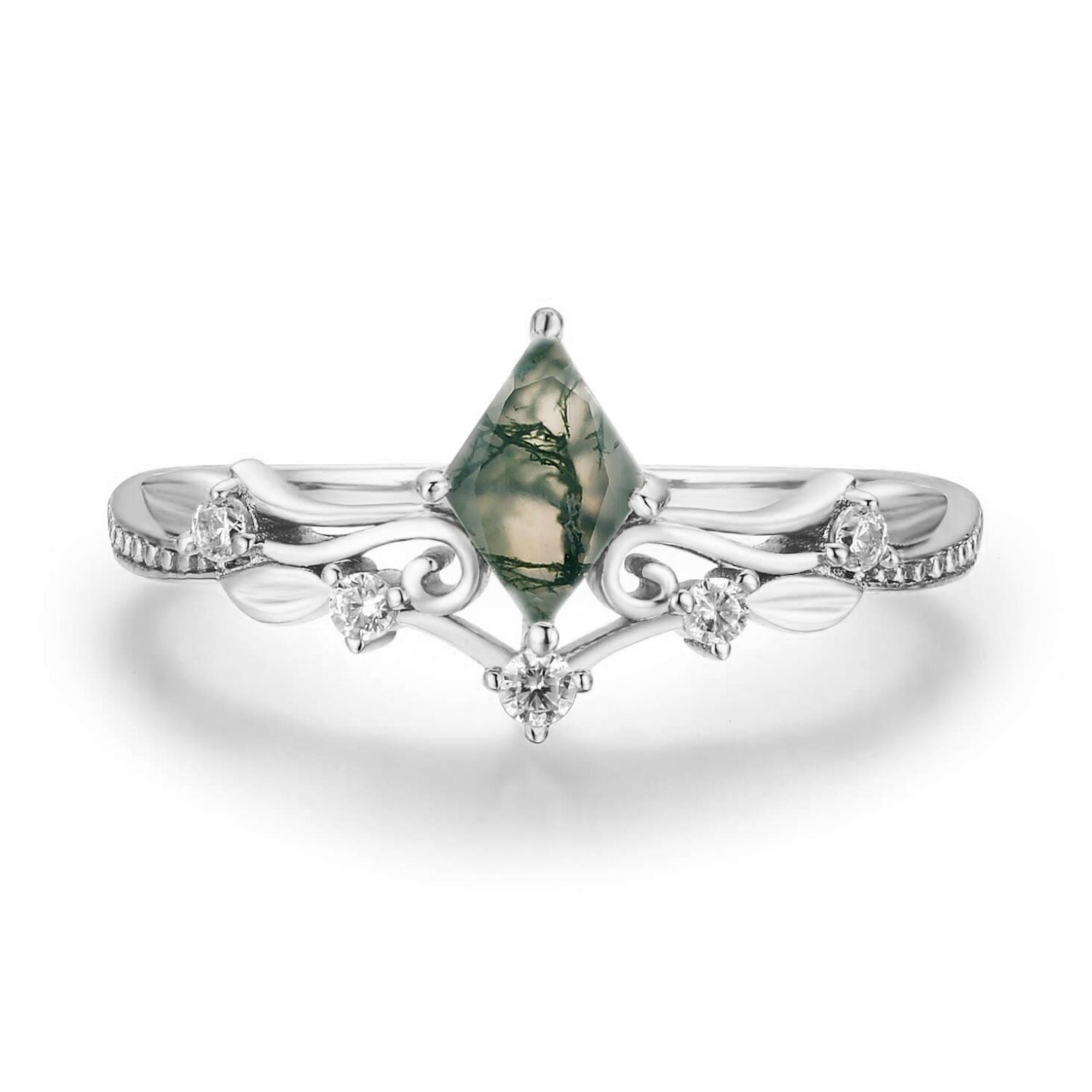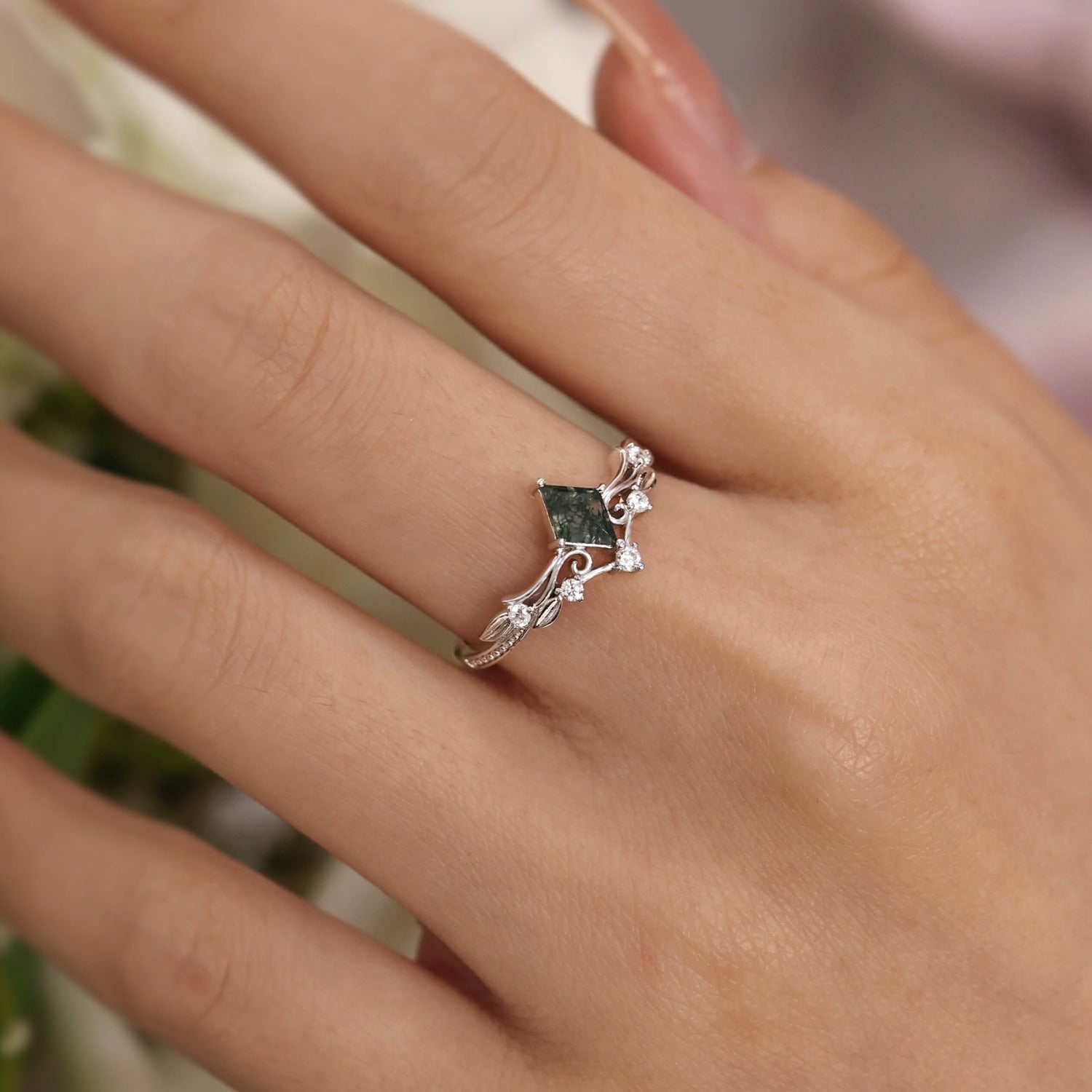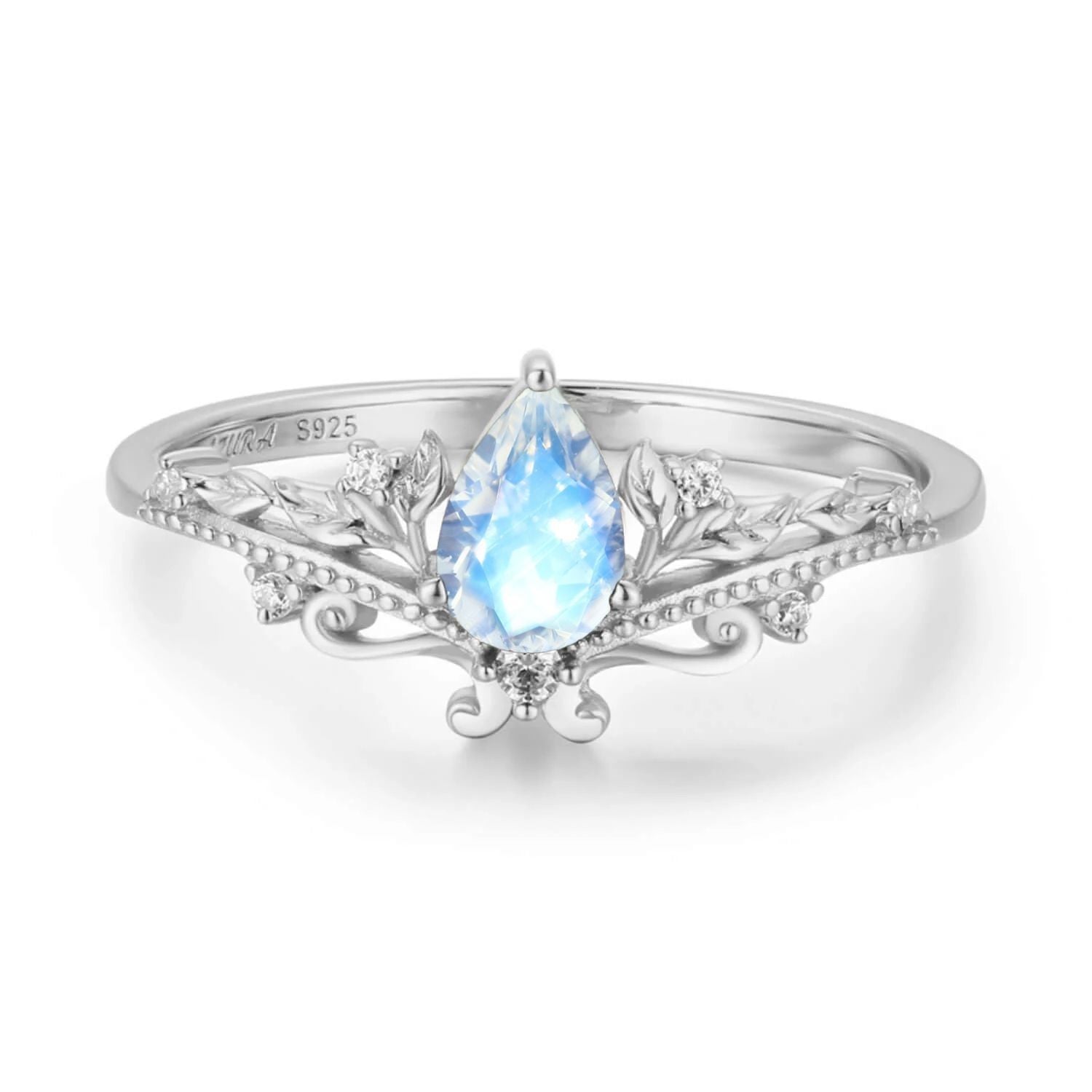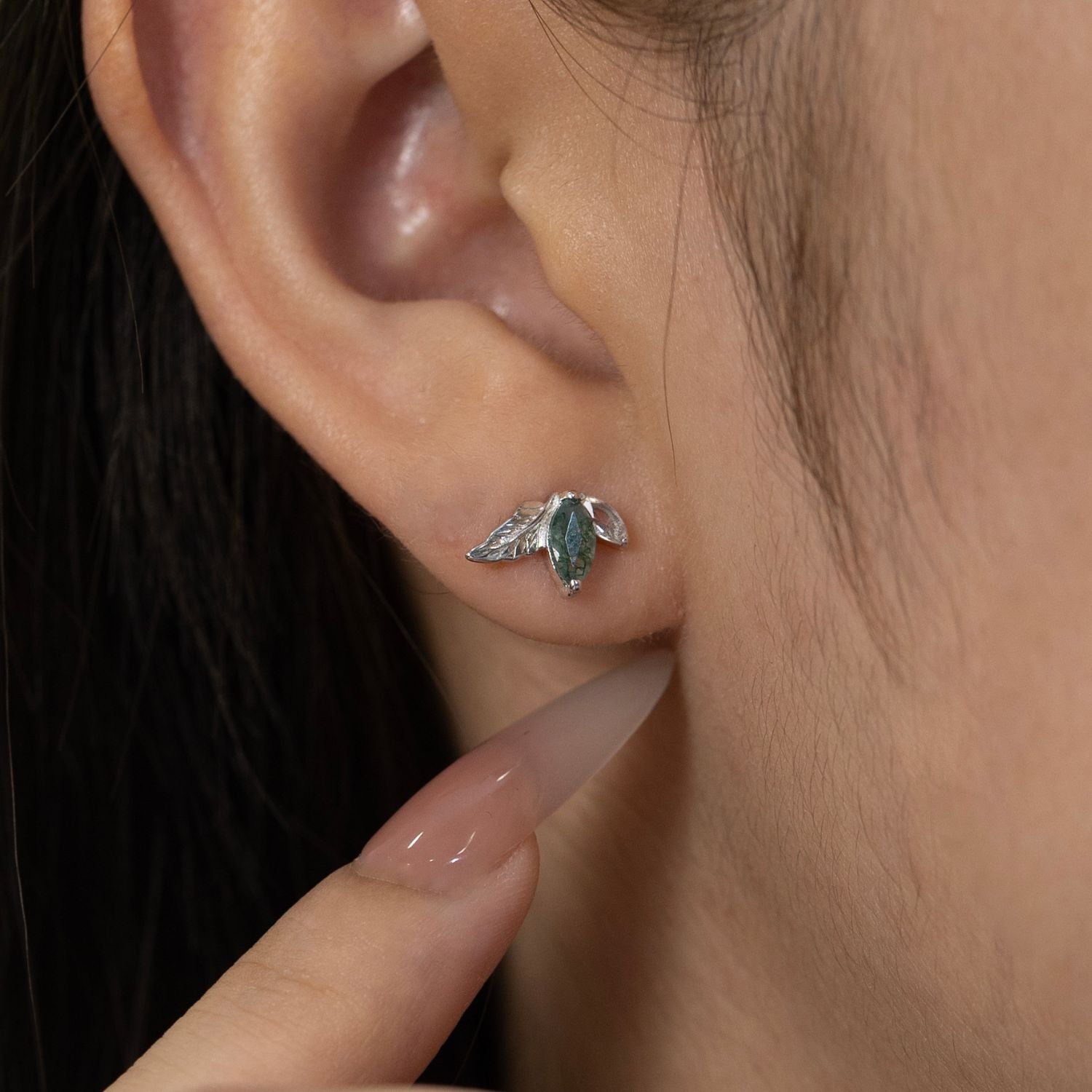Selecting a gemstone for a cherished piece of jewelry, particularly an engagement ring, is a momentous decision. Traditionally, mined diamonds reigned supreme, symbolizing luxury, commitment, and enduring beauty. However, the landscape of fine jewelry has shifted dramatically in recent years. Lab-grown diamonds and moissanite have emerged as captivating alternatives, offering both ethical considerations and potentially significant cost savings. Understanding the nuanced differences between these two dazzling options is crucial for making an informed and confident choice.
What is Moissanite?
Moissanite exists naturally, but gem-quality stones are incredibly rare in nature. The first discovery of a microscopic moissanite crystal occurred in 1896 by Dr. Henri Moissan while examining a meteorite crater. Today, the moissanite used in the jewelry industry is lab-created using silicon carbide. This process allows for the production of larger, more affordable moissanite stones with consistent quality and brilliance.
What is a Lab Diamond?
Lab-grown diamonds are created using advanced technological processes that replicate the natural formation of diamonds. They are composed of pure carbon and have the same physical, chemical, and optical properties as natural diamonds.
Which to Choose?
Brilliance and Optical Properties
Moissanite: Known for its exceptional brilliance, moissanite has a refractive index of 2.65-2.69, higher than diamonds, resulting in more fire (dispersion of light) and brilliance (white light reflection). This gives moissanite a captivating sparkle that some find even more striking than diamonds.
Lab-Grown Diamond: Lab diamonds replicate the optical properties of natural diamonds, including the same refractive index of 2.42, ensuring a classic diamond sparkle and brilliance.
Color
Moissanite: It typically exhibits a near-colorless to faint yellowish tint, similar to natural diamonds. However, some manufacturers offer color-enhanced moissanite options, such as Forever One by Charles & Colvard, which provides a whiter color grade.
Lab-Grown Diamond: Like natural diamonds, lab-grown diamonds can range from colorless to colored varieties (e.g., pink and blue). Depending on the manufacturer and production process, they offer a broad spectrum of color options.
Cost
Moissanite: Moissanite is generally more affordable than both natural and lab-grown diamonds. For example, a 1-carat moissanite can cost around $300-$600 depending on quality and cut.
Lab-Grown Diamond: Lab-grown diamonds are typically priced lower than natural diamonds but can still be more expensive than moissanite. A 1-carat lab-grown diamond might cost between $1,000 and $5,000, depending on factors like cut, clarity, and color.
Durability and Hardness
Moissanite: Moissanite is remarkably durable, with a hardness of 9.25 on the Mohs scale, making it suitable for everyday wear and resistant to scratches and chips.
Lab-Grown Diamond: Shares the same exceptional hardness (10 on the Mohs scale) as natural diamonds, ensuring long-lasting durability and suitability for engagement rings that endure daily wear and tear.
Ethics and Sustainability
Moissanite: Ethically sourced and environmentally friendly, moissanite is created in controlled lab environments without mining, reducing ecological impact and ethical concerns related to diamond mining.
Lab-Grown Diamond: Similarly ethical, lab-grown diamonds offer a sustainable alternative to mined diamonds, eliminating environmental damage and potential social issues associated with traditional mining practices.
Maintenance:
Moissanite: It generally requires minimal maintenance. Regular cleaning with mild soap and water or a jewelry cleaner designed for gemstones can help maintain its brilliance. Due to its hardness, it is less prone to abrasions compared to softer gemstones.
Lab-Grown Diamond: Similar to natural diamonds, lab-grown diamonds require little maintenance. Regular cleaning with mild soap and water, or using a diamond-specific cleaner, helps retain their sparkle. They are highly resistant to scratching and damage due to their hardness.
Final Thoughts
Ultimately, the choice between moissanite and lab diamonds is a deeply personal one. There is no single "better" option; the ideal selection hinges on your priorities and values. Do you crave fiery brilliance and a unique aesthetic, and is affordability a major concern? Moissanite might be a perfect fit. If a classic sparkle, ethical sourcing, and unparalleled durability are paramount, a lab diamond might be the better choice. Remember, the most important factor is choosing a stone that resonates with you. After all, this gem will adorn a cherished piece of jewelry, symbolizing a special moment or a significant commitment.










